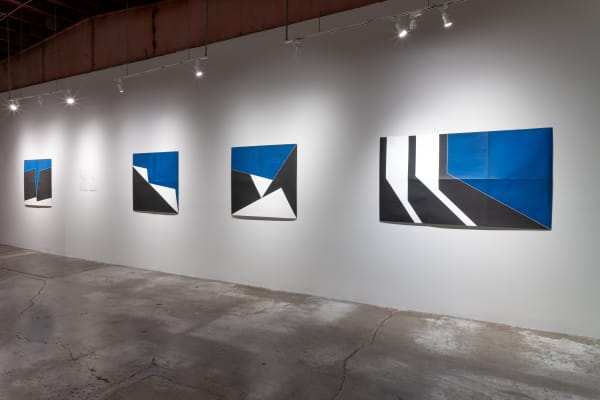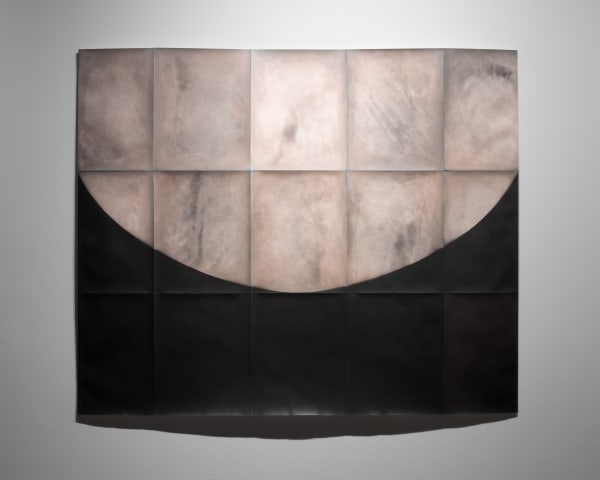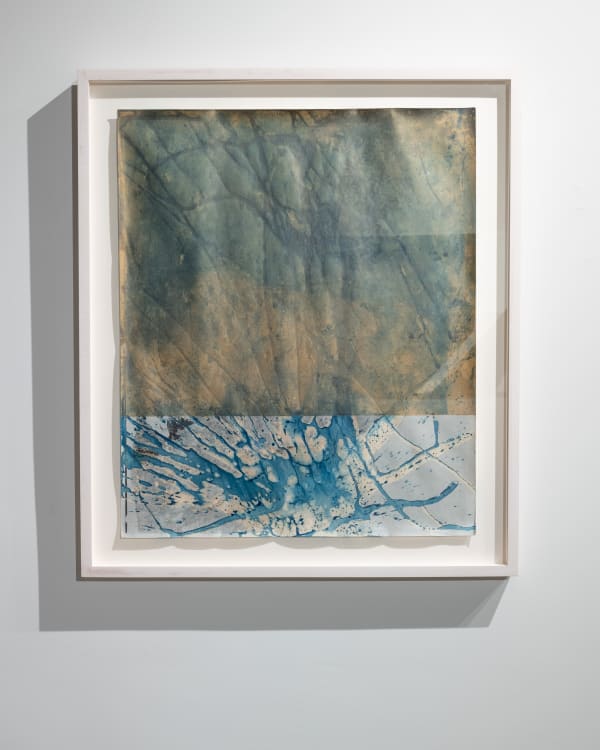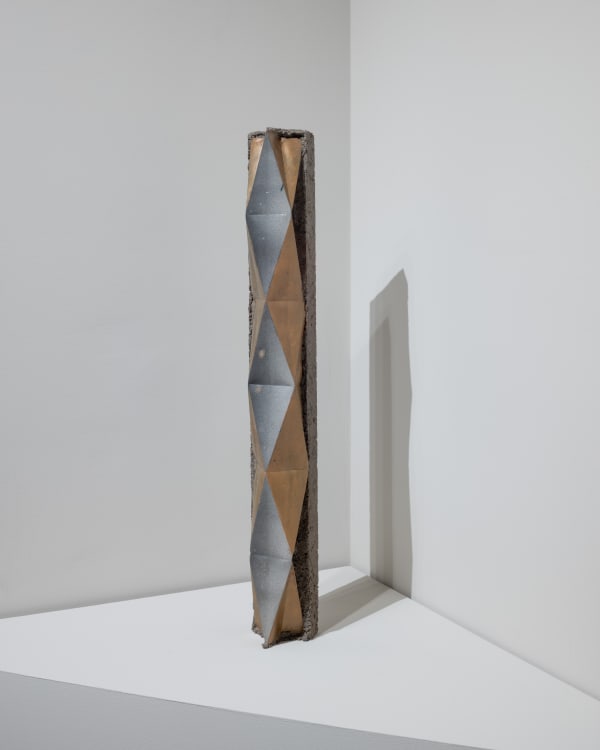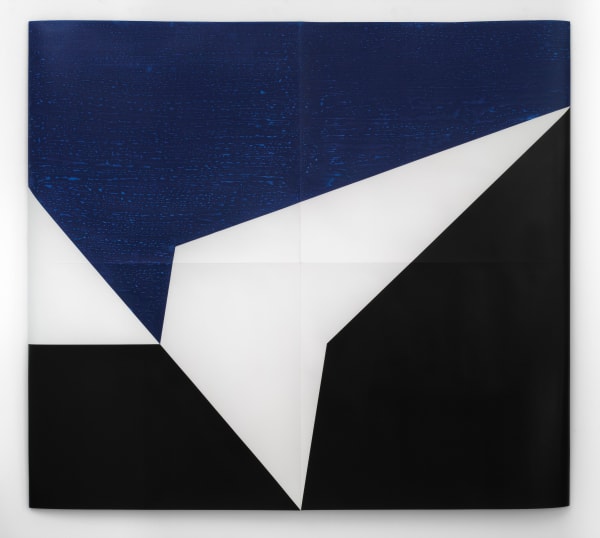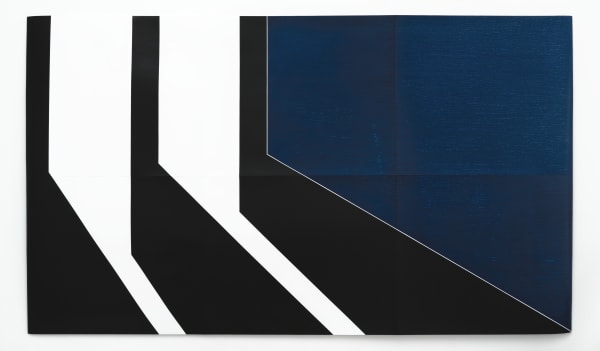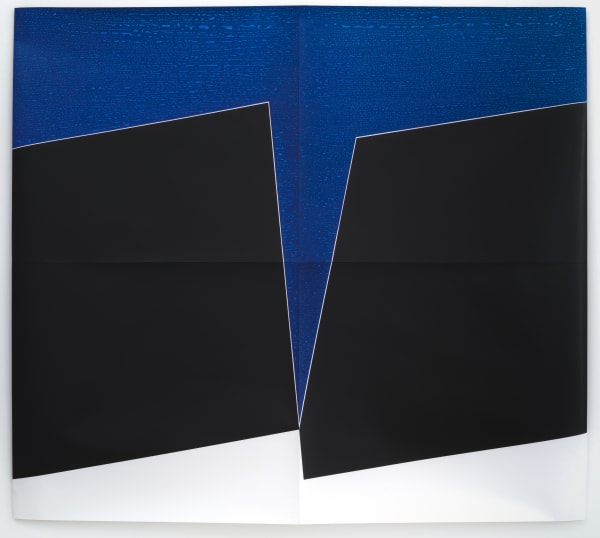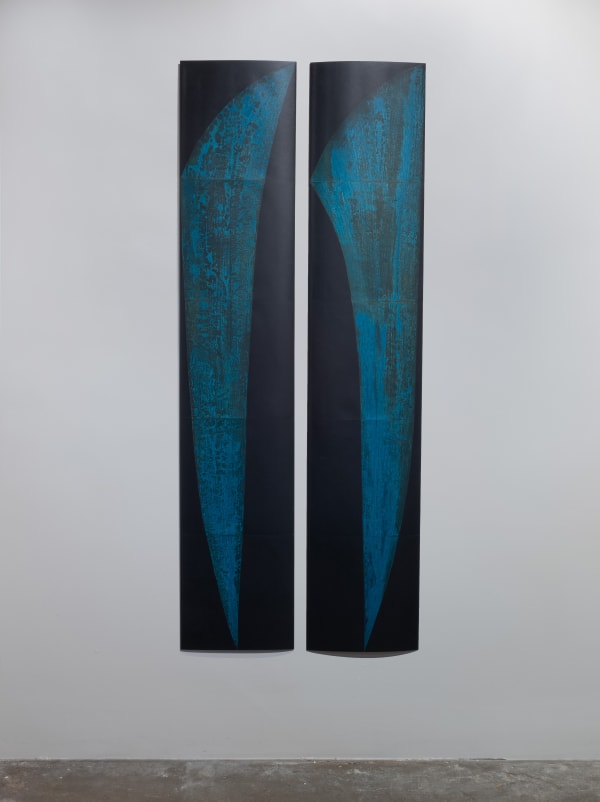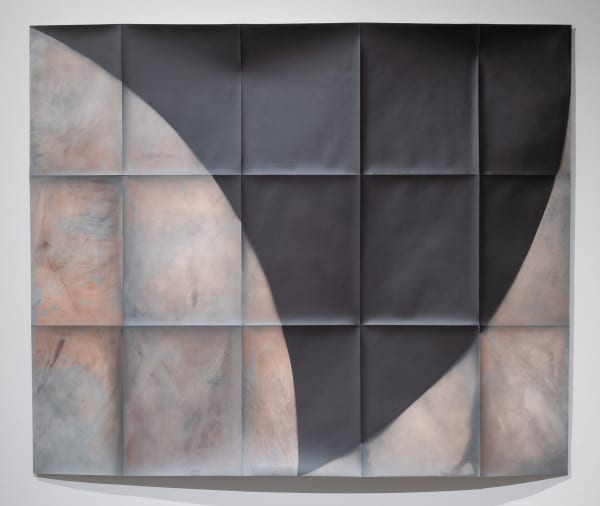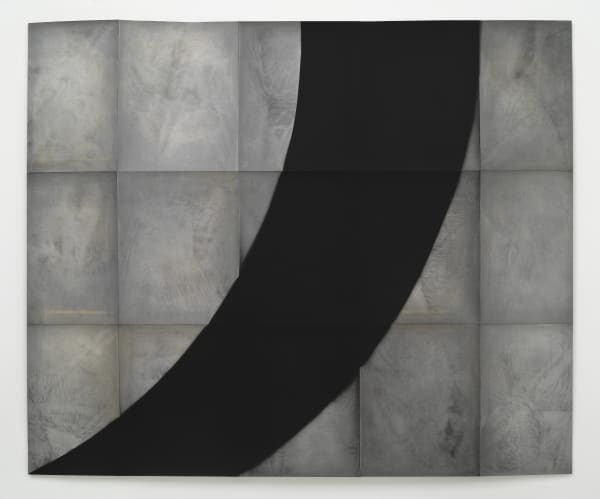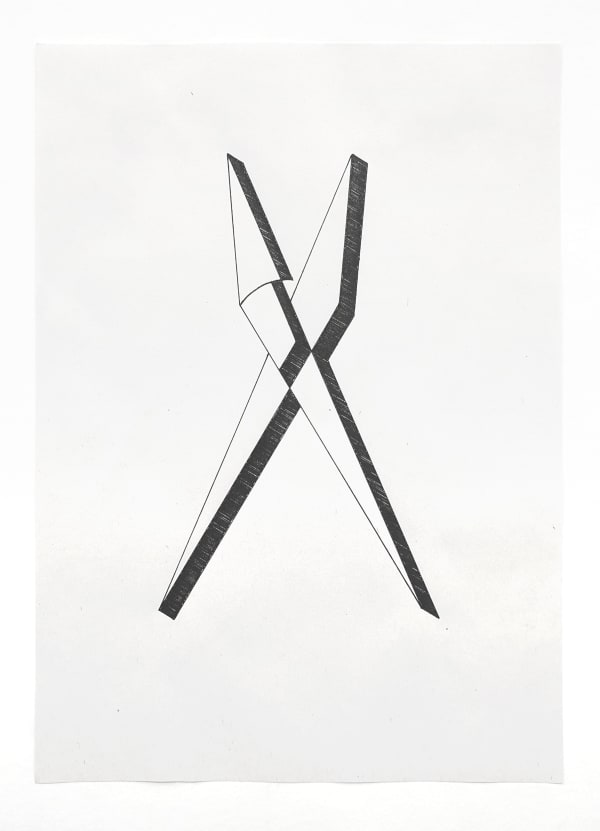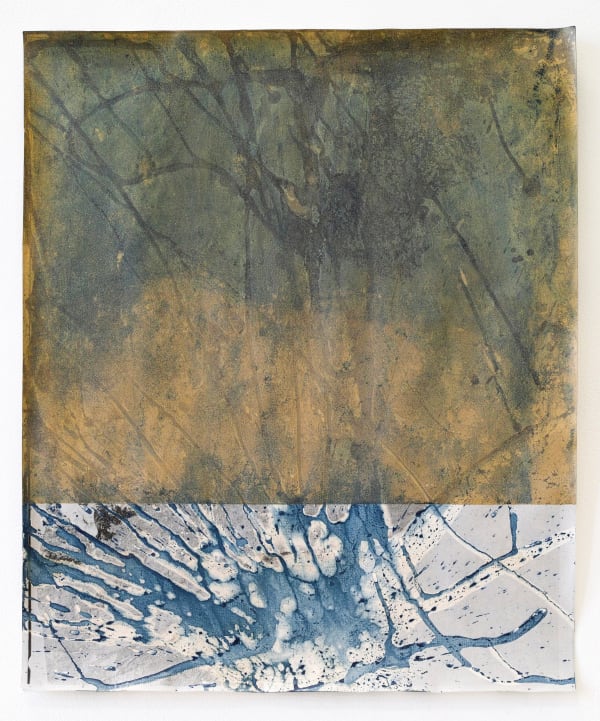Nikolai Ishchuk | Tilt/Shift
"My practice considers what counts as 'photographic' and how attempts to distill this, paradoxically, explode the boundaries of photography and put it in relation to other media…The toolkit may be photographic, but minimalist painting and drawing are brought firmly into the frame… Photographic means to non-photographic ends."
Marshall Gallery is pleased to present a solo exhibition of works by British-Russian artist Nikolai Ishchuk. This is Ishchuk's second solo exhibition with the gallery and takes a broader look at the artist's practice over the past decade including the debut of his most recent mixed-media series.
-
 Nikolai Ishchuk, Arcadia (12), 2021
Nikolai Ishchuk, Arcadia (12), 2021 -
 Nikolai Ishchuk, Arcadia (3), 2020
Nikolai Ishchuk, Arcadia (3), 2020 -
 Nikolai Ishchuk, Arcadia (6), 2019
Nikolai Ishchuk, Arcadia (6), 2019 -
 Nikolai Ishchuk, Arcadia (7), 2019
Nikolai Ishchuk, Arcadia (7), 2019 -
 Nikolai Ishchuk, Arcadia (8), 2020-2021
Nikolai Ishchuk, Arcadia (8), 2020-2021 -
 Nikolai Ishchuk, Arcadia (S1), 2019
Nikolai Ishchuk, Arcadia (S1), 2019 -
 Nikolai Ishchuk, Blue Swell (1), 2019
Nikolai Ishchuk, Blue Swell (1), 2019 -
 Nikolai Ishchuk, Leak Vb, 2014
Nikolai Ishchuk, Leak Vb, 2014 -
 Nikolai Ishchuk, Threshold (12), 2018
Nikolai Ishchuk, Threshold (12), 2018 -
 Nikolai Ishchuk, Threshold (18), 2018
Nikolai Ishchuk, Threshold (18), 2018 -
 Nikolai Ishchuk, Threshold (17), 2018
Nikolai Ishchuk, Threshold (17), 2018 -
 Nikolai Ishchuk, Threshold (13), 2018
Nikolai Ishchuk, Threshold (13), 2018 -
 Nikolai Ishchuk, Tilt/Shift 3, 2014
Nikolai Ishchuk, Tilt/Shift 3, 2014 -
 Nikolai Ishchuk, Tilt/Shift 4, 2014
Nikolai Ishchuk, Tilt/Shift 4, 2014 -
 Nikolai Ishchuk, Tilt/Shift 6, 2014
Nikolai Ishchuk, Tilt/Shift 6, 2014 -
 Nikolai Ishchuk, Untitled (Spill 3), 2013
Nikolai Ishchuk, Untitled (Spill 3), 2013
The title of the show, referencing the perspective control techniques of architectural photography, derives from a small series of geometric drawings made by Ishchuk in 2013-14 that precipitated subsequent work and to which the artist recently found himself returning. They resemble optical diagrams, only here bouncing lines refract into interlocking isometric volumes, suggesting multiple possible perspectives. The shapes in his drawings vibrate with a subtle jitter visible in the shading, made up of a myriad of small parallel pen strokes. Two of these drawings and one diptych are included as these investigations of the line, mark-making and demarcation were a precursor of works in the rest of the exhibition.
Arcadia (2018-2022), the largest and most recent group of works on display, too, uses the line both as a pictorial device – architecture as a framework for landscape, and vice versa – and conceptually as a boundary of transition between various materialities and spaces. In these quasi-architectural compositions, wide bands of deep, aqueous cyanotype and silver emulsions occupy sharp geometric boundaries. Originating from snapshots of mountain ranges, repetitive reduction of the shapes and tonal areas results in a stark binary palette of shadows and highlights. The artist states, “I continue to blend basic photographic techniques, painting and drawing to dramatize the processes and materials of photography as a technical support and divert them away from the indexical toward perceptual propositions at the limits of legibility and meaning.”
Several works from Thresholds (2017-2018) present minimalist, continuous compositions of stark curvature expanding over adjoined sheets of expired silver gelatin papers. Within each, there is an ever-present tension as rolling waveforms cut through a grid of rectilinear boundaries. Chemically responding to the application of various substances, every work in the series reacts differently as time becomes a conspiring medium and gradually lets subdued hues of pale amber, coral, and slate blossom. A selection of Ishchuk’s earlier mixed-media “Spills” and “photosculptures” - dense amalgamations of photographic prints, various painting media and occasionally concrete - further extracts fascinating dimensionality from light-sensitive media.
The results of Ishchuk’s interventions could have easily become programmatic and clinical, but their materiality, emphatic and precarious at the same time, renders them with a sense of fluid expansion. Ishchuk’s works tilt and shift – and sometimes swell – moving with them the various coordinate systems of what is photography, what is painting, and what is a dimensional object; unconstrained by any expectation of what they are supposed to be.
Nikolai Ishchuk (b. 1982, Russia) is a London-based artist whose work has been exhibited internationally, including at such institutions as Whitechapel Gallery, London, Moscow Museum of Modern Art, and the K11 Art Foundation, Shanghai. He has been awarded residencies at MASS MoCA and Art Omi. Works from Thresholds and Arcadia are in the collection of The Hepworth Wakefield / The Tim Sayer Bequest (UK), and were recently included in the exhibition The Stubborn Influence of Painting at the Museum of Contemporary Art, Boulder.


